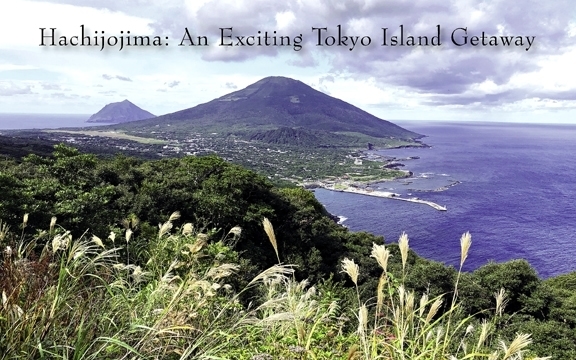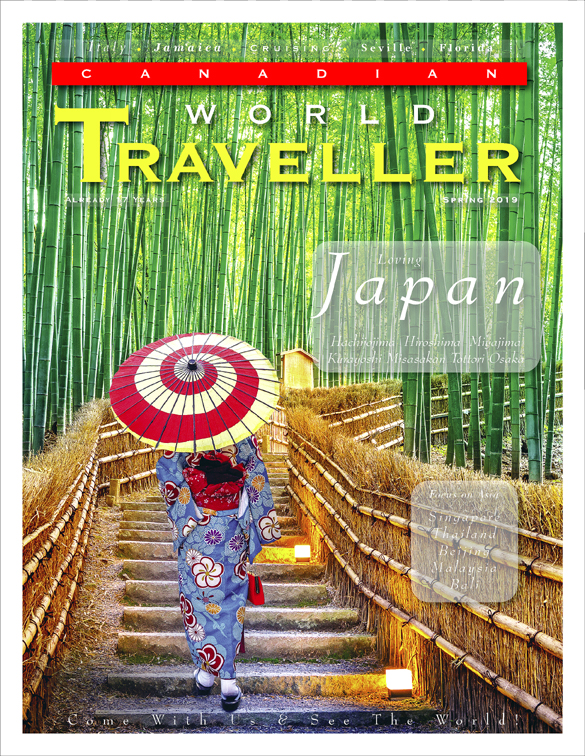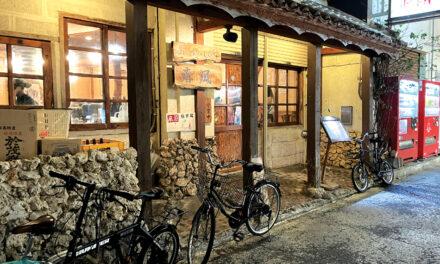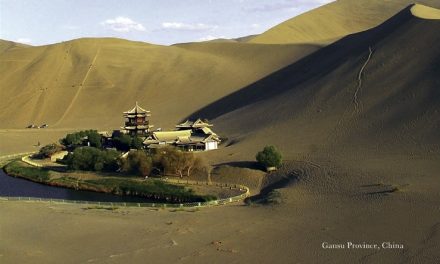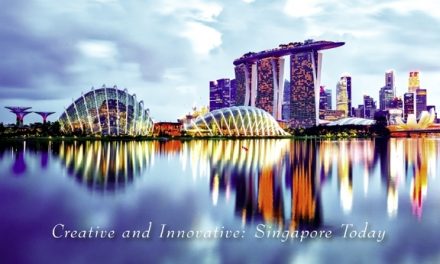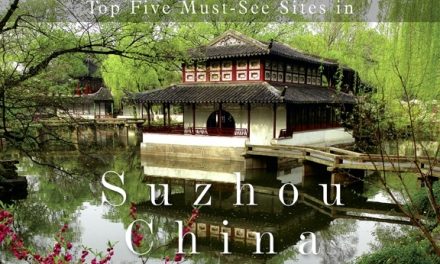Japan
Hachijojima: An Exciting Tokyo Island Getaway
Article and photography by Steve Gillicks

When we entered the “Yellow Cloth Dream Factory” (Kihachijo Yume Kobo) on Hachijojima Island, we didn’t realize that we were about to embark on a journey to the past. Homare Yamashita, the owner, sat at one of the looms making the yellow silk cloth for which the island is famous. After using a wooden baton to press the weave tightly, he shared some insight into his world.
Homare-san married into a family that has been making yellow silk cloth for hundreds of years. At 77 years of age he is nurturing an island tradition that began in the 16th century when Hachijojima could no longer provide rice as a tribute to the Shogun, and therefore substituted a fine silk cloth that soon became an upscale status symbol. The cloth was based on a “jo”; a measurement of roughly 3 meters (9.8 feet). The standard length of cloth required to make a kimono was 8 jo (24 meters). “Hachi” is the Japanese word for ‘8’ and therefore “Hachi-jo-jima”, literally means, “the island of the 8 jo”.
To drive home his proud connection with the island’s past, we were invited into Homare-san’s home where he showed us three Buddha statues, explaining that they were given to his ancestors on the island over 300 years ago.
Travellers searching for a fascinating, off-the-beaten-track adventure, where history, conversation, culinary surprises, natural attractions and photographic opportunities abound, need look no further than Tokyo’s Islands. While the Ogasawara Islands of Chichijima and Hahajima are a 1000 km (621 miles) to the south with access only by a 24 hour, one-way ferry ride (but well worth the time), the Izu Island chain will appeal to those looking for a short ferry or flight getaway, without ever having to leave Tokyo Prefecture.
From the window seat on our one-hour flight from Tokyo’s Haneda Airport, we caught a glimpse of Hachijojima’s two volcanos, Mt. Mihara and Mt. Hachijo-Fuji (the latter, so-named as it resembles the shape of the iconic Mt. Fuji). Thousands of years ago, the two separate volcano-islands merged, creating one land body with one peak at either end, making for some spectacular scenery from the island’s two panoramic lookouts.
Our very affable guide, Ms. Yumi Iwasaki, met us at the airport and then drove us to the History and Folk Museum where the Director, Shoji Hosoya, provided an enthusiastic overview of Hachijojima’s rich history. From 1606 to 1871, the island was actually a destination for those banished from the mainland. One of the exhibits told the story of an exiled “mobster” who met a woman, exiled for prostitution. They married, and an account of their life together, forms the basis of a popular Kabuki play. Nearby at Hattori Yashiki (the Hattori Homestead), folk dancing and taiko drumming performed by community elders, provides a cultural window into themes that range from exile to daily life on the island.
One unique aspect of island life involves the maintenance of the round- stone walls found in many residential neighbourhoods. Kunihito Kikuchi, who builds and repairs the walls, told us that the ball-shaped stones, some weighing as much as 60 kilograms (132 pounds) are naturally shaped by the sea and are retrieved by passing them in a fireman’s chain, from one man to another, before they’re secured in a wall. No mortar is used, as the weight of the adjacent stones keeps the wall sturdy.
And the bounties of the sea play another role in island life. We stopped for lunch at Aigae Suisan, a popular restaurant where our fresh-out-of-the-water meal of Golden Eye, Skipjack and Snapper, was accompanied by a delicious miso soup filled with nori (seaweed) and kamenote; shell creatures whose name literally means ‘turtle hands”, due to their unique shape.
But the expression, ‘there’s no accounting for taste” came to mind shortly after lunch when we visited the Stinky Fish store. And there is no possibility of exaggeration when describing this popular island treat as ‘extremely odiferous’. Sadae Nishihama and her sister run the 100 year old family ‘kusaya’ (literally ‘smells bad’) business where fish, principally horse mackerel and flying fish, are fermented in tanks. The actual taste of the fish is much milder than the smell, especially when mixed with ashitaba (a type of leafy green) and mayonnaise, or drunk with shochu, the alcoholic beverage of choice on the island.
And at this stage of our visit we were quite familiar with shochu. Earlier, we had visited the Wine and Liquor store where 20 different types of shochu (containing 25% to 45% alcohol) were available for self-serve sampling and of course, to fully immerse ourselves in island life, we felt it our duty to try most of them.
This also prepared us for our visit the next day with Kiyomitsu Okuyama, a 3rd generation shochu maker who now runs the 100 year old family business. After a tour of the distillery, we asked Kiyomitsu-san what he liked about his business, and his wife laughingly responded, “He loves shochu”! Out of the four brands produced with wheat and/or sweet potato, our verdict was that the Tsubaki (Camellia flower)-infused shochu was our favourite.
A visit to any island would not be complete without some maritime adventure and so we boarded one of the traditional fishing boats at Yaene Port, and set out to explore the small island of Hachijo-Kojima, just 30 minutes away. After dropping off some fishermen on outcroppings of craggy rocks jutting out of the choppy waters of the Pacific Ocean, we proceeded to dock on the island, where the only inhabitants are Black-footed Albatross. We encountered two of the large seabirds sitting comfortably along the main path, and after many photos of the island’s dramatic volcanic scenery, we returned to the port.
Our accommodation on Hachijojima was in a tatami room at the Hachijo View hotel. Aside from delicious meals, the hotel has an onsen (hot spring bath); perfect for a relaxing soak after a day of adventure. In fact, the island is known for its onsen. After a short hike to explore the beautiful Uramigataki Waterfall, we visited both an outdoor and indoor onsen as well as a free cliffside foot bath where visitors can soak their feet while dreamily gazing out on the ocean.
And for enhanced visual relaxation, Bird of Paradise flowers, with their characteristic orange, blue, red and yellow foliage, grow throughout the island.
Hachijojima is the embodiment of the new Tokyo Brand, “Old meets New”. Aside from the beautiful vistas and culinary scene, our three-day getaway captured the connection between the past and the present, very much kept alive by the amiable island residents. On our last day, we walked through a beautiful round-stone wall entrance to have lunch at the popular Kominka Kissa Nakanosato café. When we complimented Miki-san, the chef/owner on the traditional tea-house style of the building and its wooded surroundings, she explained that the property was settled by her great-grandfather 163 years ago and she was carrying on the family provenance.
Our visit to Hachijojima confirmed once again, that Tokyo’s island life plays an integral role in the unique tourism opportunities that Tokyo has to offer.
www.hachijo.gr.jp
Click on cover to view published article

